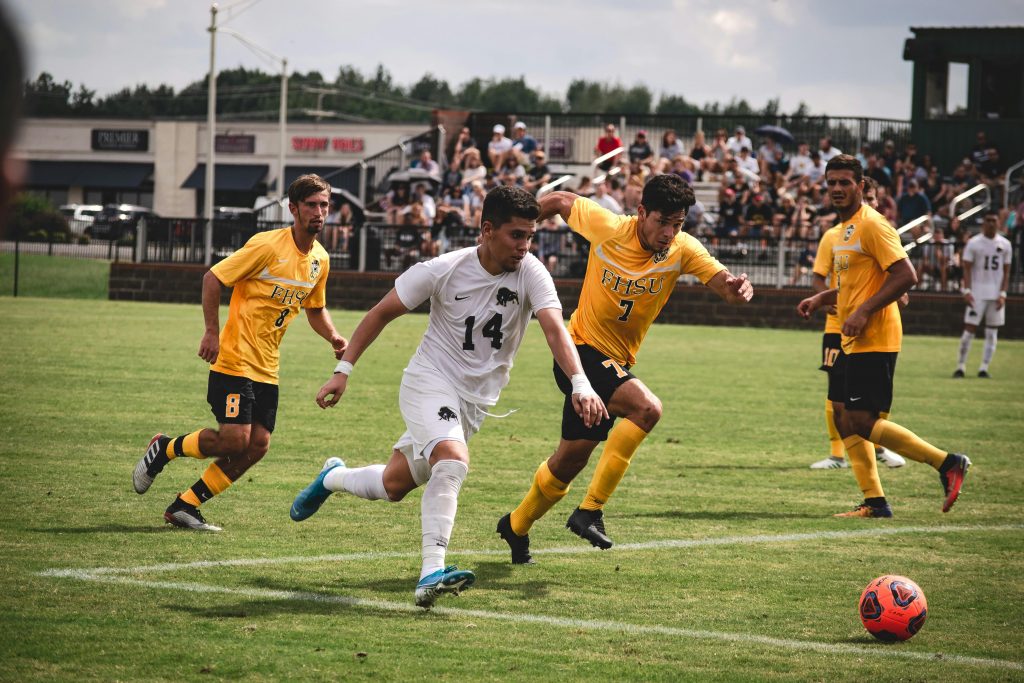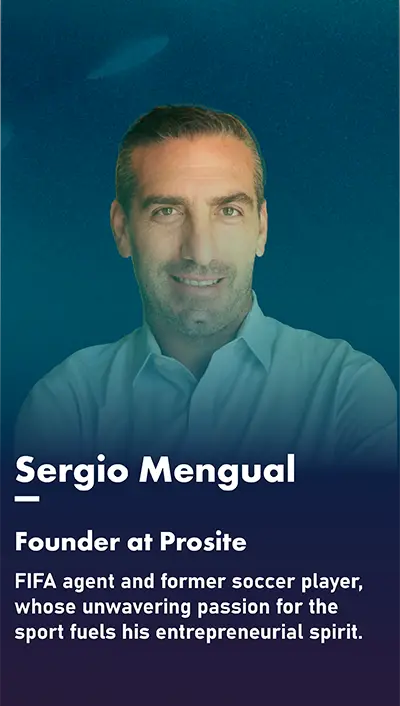As a young academy soccer player, it’s time to make important decisions about your future. College soccer opens doors to a range of opportunities within the NCAA’s three divisions. Each division offers a unique blend of competition and commitment, shaping your college experience and influencing your journey toward a professional soccer career.
Understanding College Soccer’s Structure
The NCAA’s three divisions offer varied levels of competition and commitment.
Division I: The Top of Competition
- Division I is the Ivy League with some of the oldest and most prestigious schools in the country, including Brown University, Columbia, Cornell, University of Pennsylvania, Harvard, Princeton, Yale, and Dartmouth. Most choose the Ivy League for its ultra-high level of competition in both athletics and academics.
- Division I stands as the largest and most well-funded rank, offering a platform for intense athletic competition.
- It’s considered the most challenging division because you spend most of your time training at the gym or practicing. You take classes and study, but never as much as you train and practice.
- While athletic scholarships are common, the focus extends beyond just financial support. Division I schools often provide a holistic experience that combines sports and academics.
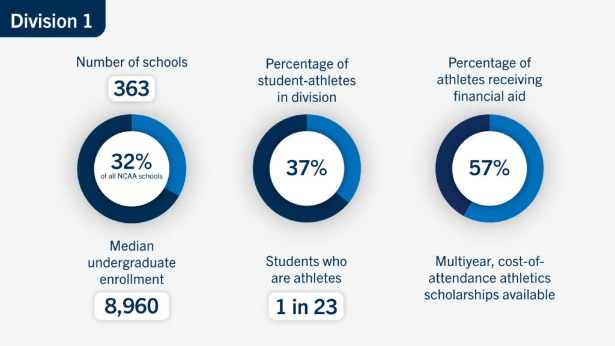
Division II: A Balanced Approach to College Life
- Student-athletes who want a high level of competition but a more balanced approach to sports and academics could consider Division II schools. It is also perfect for those who may prefer a smaller campus or the opportunity to get playing time all four years.
- Athletes in Division II still undergo dedicated training but generally face less intensive year-round commitments compared to Division I.
- Approximately 60% of Division II athletes receive athletic aid, contributing to the appeal for those seeking a supportive environment for both sports and academics.
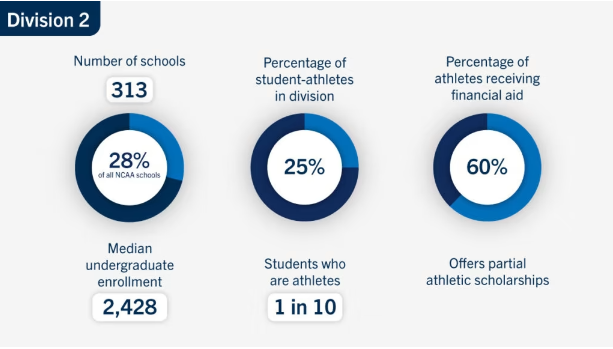
Division III: Prioritizing Academics with a Well-Rounded Experience
- Division III programs prioritize a comprehensive college experience that values both academic and athletic pursuits.
- While athletes in Division III still engage in training and practice, the demands are generally less intense, allowing for a more balanced lifestyle.
- If you want to focus on academics as much as your sport, a D3 program is your best bet. This doesn’t mean you don’t train or practice. But it’s less demanding and intense than it would be at a D1 or D2 school.
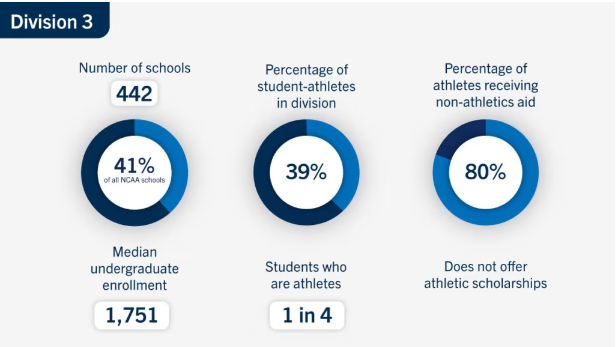
Eligibility: Balancing Soccer and Studies
Playing college soccer is more than just scoring goals; it’s about finding a balance between soccer and studies. Your eligibility to play isn’t just based on your performance on the field but also on maintaining good grades. It’s like having two important sides – your skills in soccer and your success in the classroom. So, when you step onto the field, remember that your journey involves excelling in both soccer and studies.

The Life of a College Soccer Player
Daily Grind: Training, Competing, and Growing
Immerse yourself in the everyday routine of a college soccer player—it’s a bit like having a daily to-do list full of soccer-related activities. Find what works best for you and make it your routine. You’ll need to handle training sessions, work on strategies to get better at the game and play in competitive matches. This routine helps sharpen your skills and gets you ready for the possibility of going pro in the future. So, discover your groove, stick with it, and watch yourself grow as a player
From College to Pro: Realizing the Dream
Numerous accomplished professional players have launched their careers by first sharpening their skills in college soccer. This trajectory not only serves as a developmental ground for refining technical skills and strategic awareness but is also where players can show off their skills, get noticed by talent scouts, and, in the end, kickstart a successful pro career.
Take a moment to learn from the stories of players who made the jump from college to pro soccer. Their experiences not only provide valuable insights but also serve as a well of inspiration for your own journey in the world of soccer. Discovering how others navigated this transition can give you a roadmap for your path and ignite the motivation needed to chase your own success on and off the field. Whether it’s overcoming challenges, seizing opportunities, or mastering the game, these success stories are like guideposts lighting the way for your own adventure in the realm of professional soccer.
Overcoming Challenges and Making Decisions

Tackling Obstacles: Injuries and Mental Health
To keep your soccer career long and healthy, adopt simple strategies. Learn proper warm-up techniques to prevent injuries, and if you get hurt, follow a good recovery plan. For mental well-being, talk to mentors, practice mindfulness, and set realistic goals. By facing these challenges and using these strategies, you’re not just keeping your career on track but also building strength for both the field and life. So, gear up, and take care of yourself.
Choosing Your Path Wisely
You will have to make smart choices for your soccer journey. It’s all about picking the path that’s right for you, starting with decisions like choosing a college and figuring out how to balance soccer with school. The choices you make today are like building blocks for your future in soccer and beyond. So, take your time, think about what matters to you, and make choices that set you on the path to success. Remember, every decision counts, and it’s your journey
Remember that your journey to a professional soccer career can start with college soccer. This could be a crucial step, where determination and foresight play a key role. College soccer is not just a stage; it’s a significant part of your path to becoming a pro. Approach it with eagerness, focus on learning and growing, and view every opportunity as a chance to showcase your skills. This is your journey, so step into it with determination, shaping a future filled with exciting

